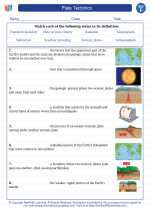Hydroelectric Power
Hydroelectric power is a form of renewable energy that harnesses the energy of flowing or falling water to generate electricity. This process involves the use of dams and reservoirs to control the flow of water, which then drives turbines connected to generators to produce electricity.
How Hydroelectric Power Works
1. Water Source: The process begins with a steady source of flowing water, such as a river or waterfall.
2. Dam and Reservoir: A dam is built across the water source to create a reservoir, which stores water and controls its flow.
3. Penstock: The water from the reservoir is released through a large pipe called a penstock, which directs the flow of water towards the turbines.
4. Turbines: The force of the flowing water causes the turbines to spin, converting the kinetic energy of the water into mechanical energy.
5. Generators: The spinning turbines are connected to generators, which then convert the mechanical energy into electrical energy.
6. Transmission: The electricity generated is transmitted through power lines to homes, businesses, and industries for use.
Benefits of Hydroelectric Power
1. Renewable Energy: Hydroelectric power is a renewable energy source, as water is a naturally replenishing resource.
2. Low Greenhouse Gas Emissions: It produces minimal greenhouse gas emissions, making it environmentally friendly.
3. Reliable and Flexible: Hydroelectric power plants can adjust electricity production to meet changing demands quickly.
4. Water Management: It provides a means of managing water resources for irrigation, flood control, and water supply.
Study Guide
- Define hydroelectric power and explain how it works.
- List the components of a hydroelectric power plant and their functions.
- Discuss the environmental benefits of hydroelectric power.
- Compare and contrast hydroelectric power with other forms of renewable energy.
- Explain the role of hydroelectric power in water resource management.
By understanding the principles and advantages of hydroelectric power, we can appreciate its role in providing sustainable and clean energy for the future.
.◂Science Worksheets and Study Guides Sixth Grade. Plate Tectonics

 Worksheet/Answer key
Worksheet/Answer key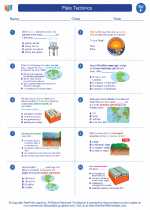
 Worksheet/Answer key
Worksheet/Answer key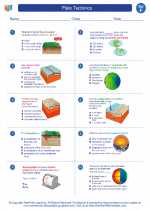
 Vocabulary/Answer key
Vocabulary/Answer key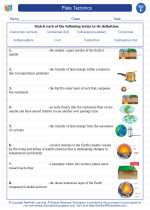
 Vocabulary/Answer key
Vocabulary/Answer key
 Vocabulary/Answer key
Vocabulary/Answer key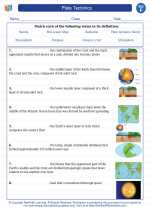
 Vocabulary/Answer key
Vocabulary/Answer key